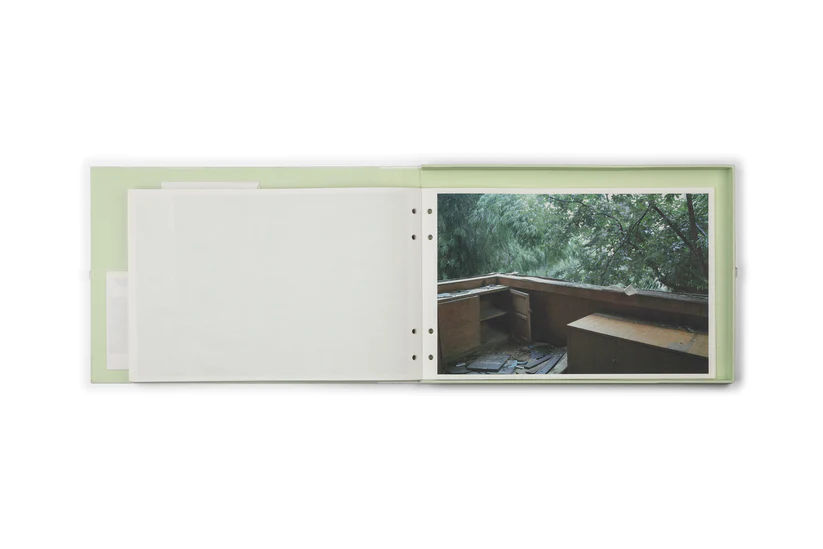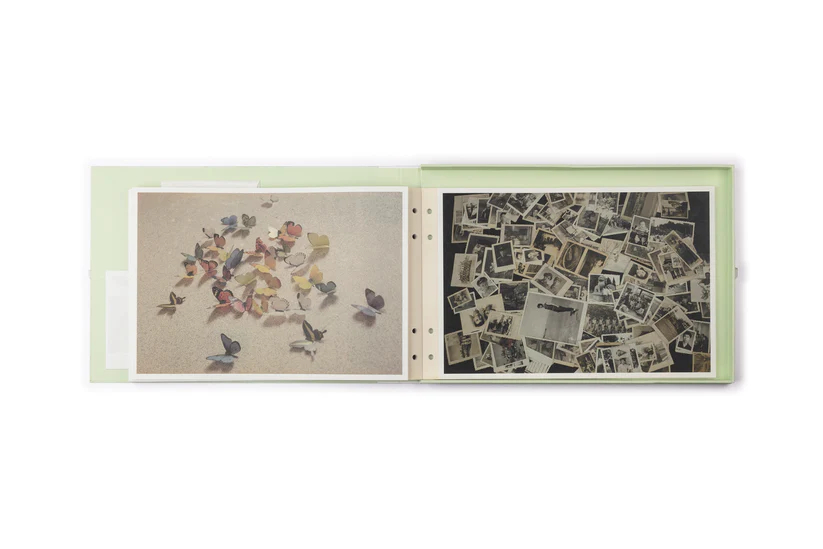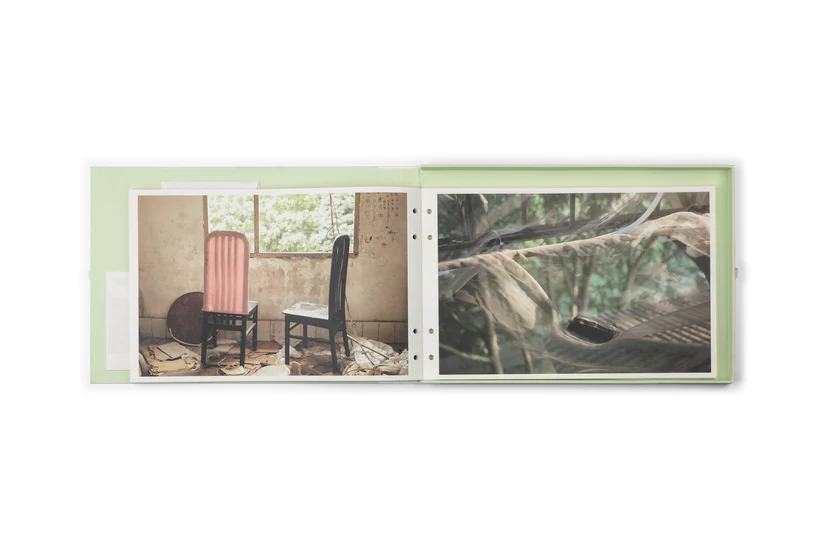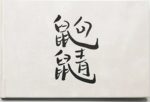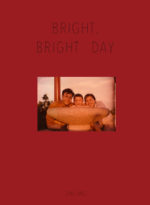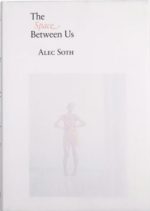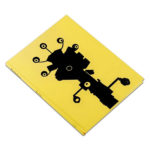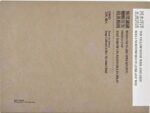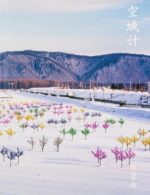« Au lieu d’un paysage urbain unique empreint de nostalgie, ce qui est présenté dans ce livre sont divers éléments perceptibles authentiquement rendus par Zhu Baolei à travers des images, telles que la variation des bâtiments urbains abandonnés, l’interaction entre les gens et les espaces architecturaux. Le développement de l’ordre dans les bâtiments résidentiels et l’évolution de la vie quotidienne. »
“Instead of a single cityscape of nostalgia, what is presented in this book are various perceptible elements authentically rendered by Zhu Baolei through images, such as the variation of urban abandoned buildings, the interaction between people and architectural spaces, the development of the order in residential buildings and the changing of daily life.”
La mémoire est comme des “plis” du temps. En explorant les ruines silencieuses des bâtiments, on peut trouver des objets laissés et des traces de l’humanité.
Depuis le début des années 2000, la plupart des villes chinoises ont connu une urbanisation et des changements majeurs. Nanning, une ville de la région frontalière du sud-ouest, ne fait pas exception, avec diverses maisons construites au siècle dernier étant démolies les unes après les autres. Ces espaces qui accompagnaient la croissance et la vie d’une certaine génération ont depuis disparu.
Depuis le début de 2018, Zhu Baolei (朱 宝 蕾) a visité à plusieurs reprises des maisons abandonnées partout à Nanning, à la recherche d’objets et de vieilles photos jetées là-bas. Pour Zhu, ces bâtiments abandonnés portent l’histoire de la ville et des générations. Les ruines anciennes et inutiles qui se trouvent tranquillement dans la ville ont été réduites au silence pendant longtemps, inclinées et ondulées dans les temps changeants, comme si les “plis” de la croûte terrestre se serraient et se déformaient.
Dans cette œuvre, “Vivre dans le vent du Sud”, Zhu invite le lecteur à la porte de la mémoire, défiant la mémoire spatiale en constante évolution dans l’abandon et la reconstruction, la dissimulation et la disparition, le changement et la séparation. Ce qui est présenté dans ce livre n’est pas un seul paysage urbain nostalgique, mais une présentation réaliste des images de Zhu sur la transition des bâtiments dans une ville abandonnée, l’interaction entre les gens et l’espace architectural, l’ordre changeant des bâtiments et le flux de la vie quotidienne.
Zhu Baolei, alias Lei Baozhu est pigiste, vit actuellement à Nanning. Elle marche beaucoup, parle un peu.
Memory is like “folds” of time. Exploring the silent ruins of buildings, one can find objects left behind and traces of humanity.
Since the beginning of the 2000s, most cities in China have undergone urbanization and major changes. Nanning, a city in the southwestern border region, is no exception, with various houses built in the last century being demolished one after another. Those spaces that accompanied the growth and life of a certain generation have since disappeared.
Since the beginning of 2018, Zhu Baolei (朱宝蕾) has repeatedly visited abandoned houses all over Nanning, looking for objects and old photos discarded there. For Zhu, these abandoned buildings carry the history of the city and generations. The old and useless ruins quietly standing in the city have been silenced for a long time, tilted and rippled in the changing times, as if the “folds” of the earth’s crust were squeezing and deforming.
In this work, “Live in the South Wind,” Zhu invites the reader to the door of memory, defying the ever-changing spatial memory in abandonment and reconstruction, concealment and disappearance, change and separation. What is presented in this book is not a single nostalgic cityscape, but a realistic presentation of Zhu’s images of the transition of buildings in an abandoned city, the interaction between people and architectural space, the changing order of buildings, and the flow of daily life.
Zhu Baolei, aka Lei Baozhu is a freelancer, currently living in Nanning. She walks a lot, talks a little.



